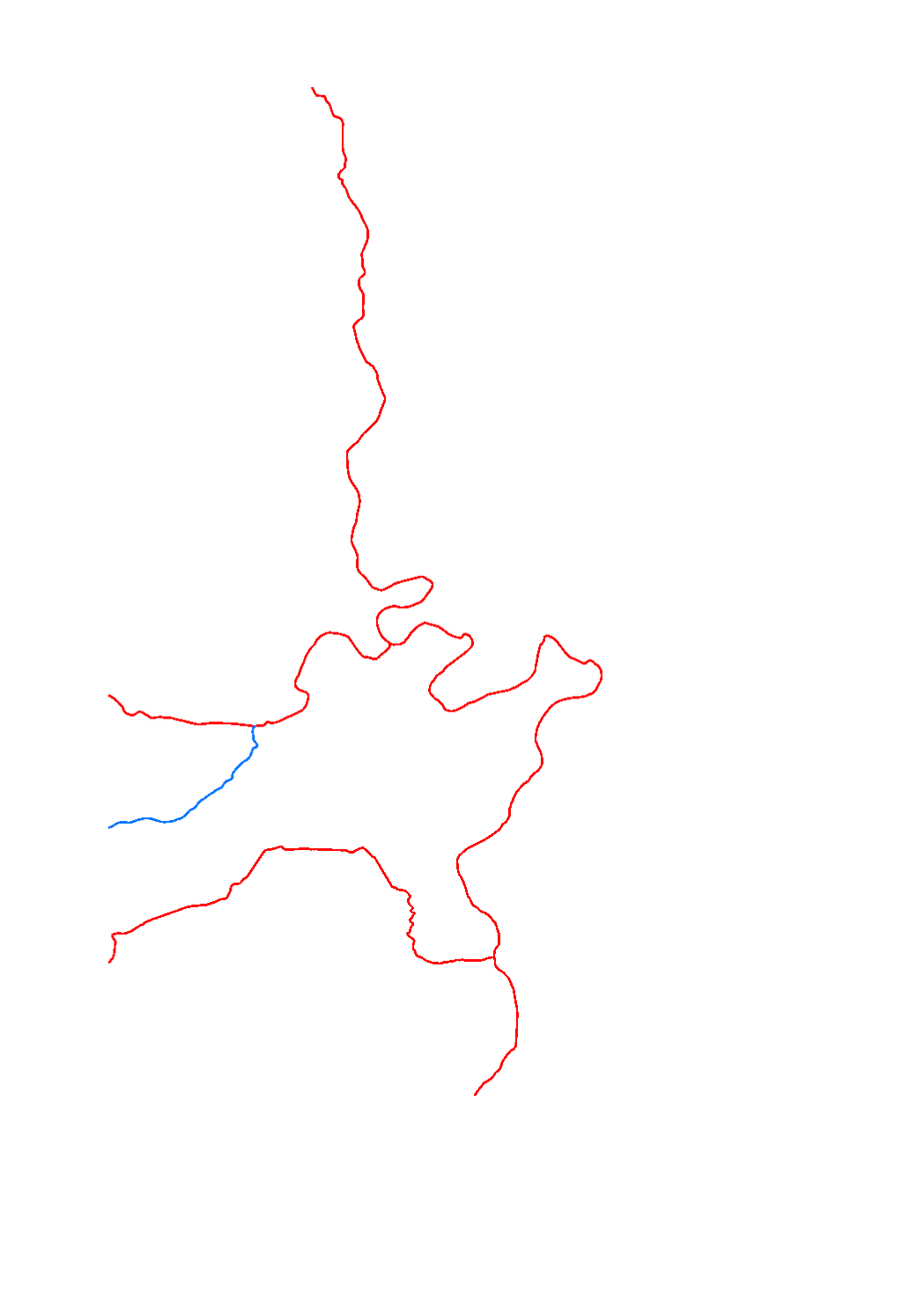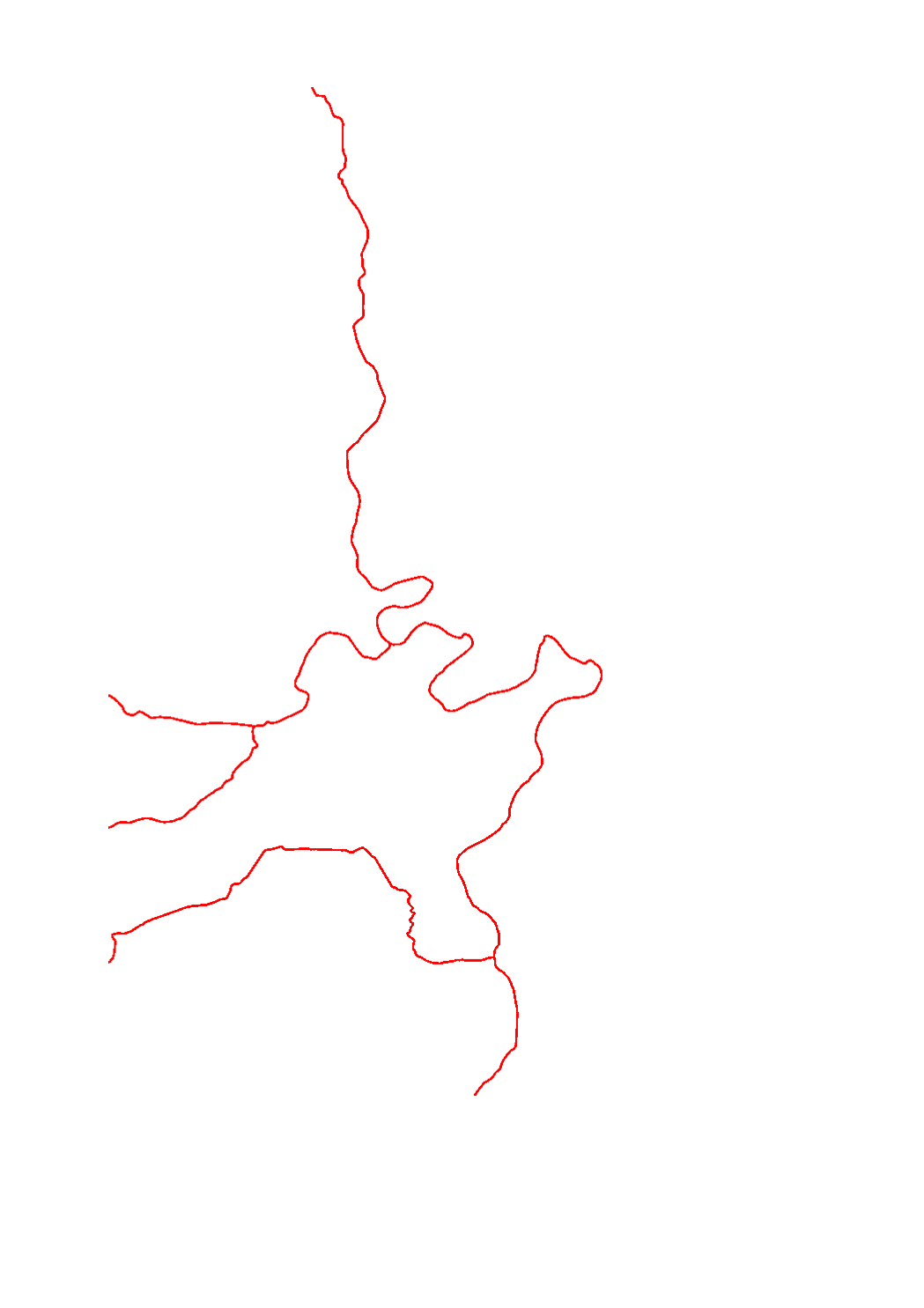Administration de la gestion de l'eau
Type of resources
Available actions
Topics
Keywords
Contact for the resource
Provided by
Groups
Years
Representation types
Update frequencies
status
Scale
-

The chemical status of the surface water bodies is assessed as being good or failing to achieve good chemical status. The assessment of the chemical status for the third river basin management plan is based on the list of substances of directive 2008/105/EC and the environmental quality standards established by the new directive 2013/39/EC. The assessment without the ubiquist substances permits to get a differentiated picture of the actual situation.
-

The ecological status of the natural surface water bodies is assessed in 5 classes going from 1 to 5 (high, good, moderate, poor, bad). The classification of the ecological status is based on the biological quality elements, physico-chemical quality elements and in some cases also the hydromorphological quality elements.
-

Surface water quality monitoring network for the period 2015-2020 regarding the water framework directive (2000/60/CE). The results of this monitoring are used for assessing the surface water body status in relation to the 3rd river basin managament plan. The stations for the global physico-chemical status are the same as those used for the chemical status but not necessarily the same as those used for the biological status.
-
Buildings not connected to the public sewer system
-
Construction restrictions in groundwater protection zones. For more details, please refer to the following links: Grand-Ducal Regulation of July 9, 2013 (http://legilux.public.lu/eli/etat/leg/rgd/2013/07/09/n20/jo) Specific grand-ducal regulations creating groundwater protection zones (https://eau.gouvernement.lu/fr/administration/Legislation/Reglements-grand-ducaux-portant-creation-de-zone-de-protection.html)
-
Zones AGE national warning system LU-Alert
-
All natural water expanses and basins.
-

The chemical status of the surface water bodies is assessed as being good or failing to achieve good chemical status. The assessment of the chemical status for the third river basin management plan is based on the list of substances of directive 2008/105/EC and the environmental quality standards established by the new directive 2013/39/EC.
-
All artificial water expanses and basins.
-
This layer contains the distances to hydrological monitoring stations for which authorisations must first be clarified with the Service Hydrologie (red) or for which the latter must at least be informed (orange and yellow).
 geocatalogue.geoportail.lu
geocatalogue.geoportail.lu